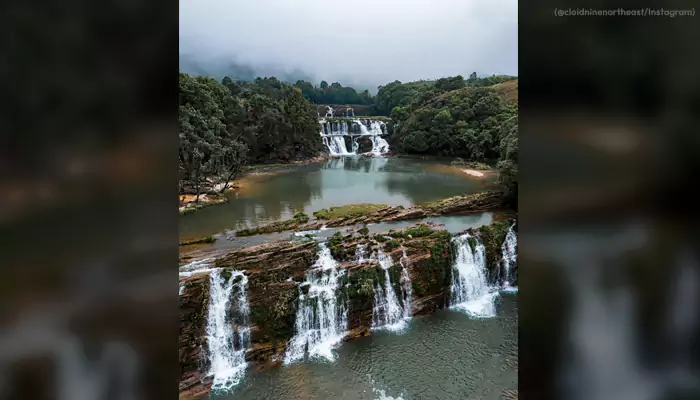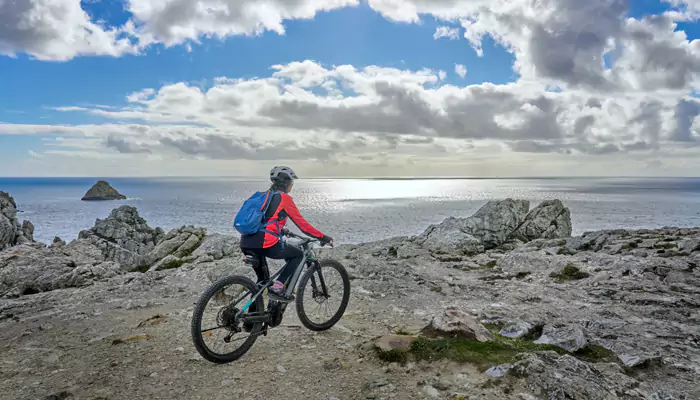Discovering Patagonia: An Adventurer’s Guide To Argentina And Chile’s Wild Frontier
- Ishani Karmakar
- 1 year ago
- 4 minutes read

Patagonia, a region that spans the southern tip of Argentina and Chile, is one of the world’s last true wildernesses.
It’s a land of towering mountains, expansive glaciers, windswept steppes, and crystal-clear lakes. For adventurers, Patagonia offers a playground like no other, where nature’s raw beauty invites exploration and awe. Whether you’re an experienced trekker, a wildlife enthusiast, or simply someone who loves the outdoors, Patagonia is a destination that should be on your bucket list.
Must-Visit Destinations in Patagonia
When planning your Patagonian adventure, there are several key destinations that you simply cannot miss.
Torres del Paine National Park, Chile
Perhaps the most famous of all Patagonian parks, Torres del Paine is a hiker’s paradise. The park’s “W” trek is one of the most iconic hiking routes in the world, offering breathtaking views of the Torres del Paine towers, Glacier Grey, and the strikingly blue Pehoé Lake. For those looking for a more challenging adventure, the full circuit or “O” trek takes you deeper into the park’s wilderness.
Los Glaciares National Park, Argentina
On the Argentine side, Los Glaciares National Park is a UNESCO World Heritage site that showcases the splendor of Patagonia’s ice fields. The Perito Moreno Glacier is the star attraction, and witnessing the ice calving into the turquoise waters below is an unforgettable experience. The town of El Chaltén, known as the trekking capital of Argentina, serves as the gateway to some of the park’s best trails, including the famous hike to Mount Fitz Roy.
Tierra del Fuego, Argentina
Also called “End of the World,” Tierra del Fuego is a breathtaking archipelago at the southernmost tip of South America. The main island is shared between Argentina and Chile, with Ushuaia, Argentina’s southernmost city, serving as the starting point for many adventures. From here, you can explore the rugged landscapes of Tierra del Fuego National Park, sail through the Beagle Channel, or even embark on a journey to Antarctica.
The Carretera Austral, Chile
For those who prefer road trips, the Carretera Austral is a dream come true. This scenic highway winds through some of the most remote and stunning parts of Chilean Patagonia, passing by fjords, rainforests, and glaciers. Along the way, you can stop at quaint villages, soak in hot springs, and explore hidden gems like the Marble Caves on Lake General Carrera.
The Valdés Peninsula, Argentina
While not as rugged as other Patagonian destinations, the Valdés Peninsula offers incredible wildlife-watching opportunities. This UNESCO World Heritage site is home to a rich variety of marine life, including southern right whales, sea lions, elephant seals, and penguins. The region’s arid landscape contrasts sharply with the lush greenery of southern Patagonia, but it’s no less captivating.
Given Patagonia’s remote nature and unpredictable weather, it’s important to come prepared. Here are some practical tips to ensure you make the most of your adventure:
Pack for All Seasons
Patagonian weather is notoriously fickle. It’s not uncommon to experience sun, rain, wind, and snow all in one day, even in summer. Layered clothing is essential, as is waterproof gear and sturdy hiking boots.
Plan Your Routes
While spontaneity is part of the adventure, it’s wise to plan your main routes and accommodations in advance, especially during peak season (December to February). Popular trails and lodges can fill up quickly.
Respect Nature
Patagonia’s beauty is fragile. Stick to marked trails, pack out all your trash, and respect wildlife by keeping a safe distance. The “Leave No Trace” principles are particularly important in this pristine environment.
Prepare for Limited Connectivity
While some areas in Patagonia have decent Wi-Fi and cellular coverage, many remote regions do not. Embrace the opportunity to disconnect and fully immerse yourself in the experience.
Patagonia is more than just a destination; it’s an experience that stays with you long after you’ve left. It invites you to discover its wild beauty on your own terms. So pack your bags, lace up your boots, and get ready for the adventure of a lifetime in Argentina and Chile’s wild frontier.








.webp)



